|
Podcast merch!
Listen and subscribe: RSS FEED ITUNES Soundcloud Stitcher Spotify If the episodes below don't load, turn off your ad blocker. |
|
We dig deep into a meta analysis' findings on the difference in muscular adaptations between training intensity and volume, especially what we can differentiate between continuous moderate intensity, HIIT, and sprint interval training. We also discuss the paper's findings on one aspect of "mitochondrial function", bullet point some practical takeaways, and answer your listener questions.
Show Notes Holloszy paper (one of many) Training-Induced Changes in Mitochondrial Content and Respiratory Function in Human Skeletal Muscle
0 Comments
This episode goes deep into the integral role that PGC-1ɑ plays in turning exercise signals into aerobic adaptation and improved endurance performance. We then dig into the very surprising results of studies that selectively knock out the PGC-1ɑ gene. Finally, we discuss potential uses of this knowledge for training applications and interpreting the literature, the actual best ways to know if your training (or training "hack") is working, and answering your listener questions.
Show Notes Three PGC-1ɑ reviews: PGC-1 coactivators: inducible regulators of energy metabolism in health and disease Transcriptional integration of mitochondrial biogenesis Mitochondrial regulator PGC-1a—Modulating the modulator - PMC Knockout studies: PGC-1α Deficiency Causes Multi-System Energy Metabolic Derangements: Muscle Dysfunction, Abnormal Weight Control and Hepatic Steatosis PGC-1α is Dispensable for Exercise-Induced Mitochondrial Biogenesis in Skeletal Muscle Adult expression of PGC-1α and -1β in skeletal muscle is not required for endurance exercise-induced enhancement of exercise capacity
After some background information on what redox state means for exercise and your mitochondria, we look at some experiments linking various intensities of exercise to adaptations. Then we look at where these signals overlap with dieting and rest, and tie these into advice and realistic expectations for training, recovery, and nutrition. We also answer your listener questions on RED-S, measuring recovery, exercise intensity, and more.
Show Notes Review papers on fluorescence measurement and redox adaptations Mitochondrial function in vivo evaluated by NADH fluorescence: from animal models to human studies NAD+/NADH and skeletal muscle mitochondrial adaptations to exercise Main podcast study Nuclear SIRT1 activity, but not protein content, regulates mitochondrial biogenesis in rat and human skeletal muscle Frequently referenced study linking SIRT activation to mitochondrial biogenesis (not mentioned in episode) Sirtuin 1 (SIRT1) Deacetylase Activity Is Not Required for Mitochondrial Biogenesis or Peroxisome Proliferator-activated Receptor-γ Coactivator-1α (PGC-1α) Deacetylation following Endurance Exercise*
When it comes to glycogen, does "train low" actually work? Rory joints to co-host as we examine and dissect the existing literature, and explore the limits of knowledge on p38 MAPK signaling as it relates to aerobic performance. We go through Kolie's coaching experience with these protocols, compare to existing recommendations, discuss why you should always check someone's references, and answer your listener questions.
Show Notes Exercise Stimulates Pgc-1α Transcription in Skeletal Muscle through Activation of the p38 MAPK Pathway Acute signalling responses to intense endurance training commenced with low or normal muscle glycogen Skeletal muscle adaptation and performance responses to once a day versus twice every second day endurance training regimens
This episode takes a long look at the mechanisms behind aerobic adaptations from high intensity exercise, starting with an early study showing how AMPK activation leads directly to mitochondrial biogenesis, followed by a recent meta-analysis showing when high intensity exercise does and doesn't lead to adaptation. We provide guidelines in terms of exercise intensity, duration, and how well trained you are. Then we give some practical takeaways, plus debunk all the ways "hacking" this adaptive signal chain don't work. Marinus Petersen of KiloWatt Coaching steps in as a guest co-host for Kyle and provides an additional perspective from his coaching experience, and his formal exercise physiology education.
Show Notes Chronic activation of AMP kinase results in NRF-1 activation and mitochondrial biogenesis Factors Influencing AMPK Activation During Cycling Exercise: A Pooled Analysis and Meta-Regression Skeletal muscle AMPK is not activated during 2 h of moderate intensity exercise at ∼65% ?˙O2peak in endurance trained men Carbohydrate improves exercise capacity but does not affect subcellular lipid droplet morphology, AMPK and p53 signalling in human skeletal muscle Effect of exercise intensity and hypoxia on skeletal muscle AMPK signaling and substrate metabolism in humans Marinus' email KiloWatt Coaching IG
This episode looks at two classic studies illustrating the often overlooked connection between calcium and endurance performance by way of inducing mitochondrial biogenesis through more familiar pathways. We then discuss applicability of these learnings, plus potential pitfalls interpreting this information, and your listener questions.
Show Notes Raising calcium in L6 myotubes mimics effects of exercise on mitochondrial biogenesis in muscle Whole muscle calcium study HIT study from WD#28
The host of benefits associated with over-under workouts include improved lactate oxidation and clearance capacity, great expression of MCT enzymes, as well as improved tolerance of associated metabolic byproducts over threshold. We look at the established mechanisms behind these phenomena and find that over-unders, as well as lactate presence and oxidation itself, probably don't have a unique adaptation unavailable to other types of training. The follow-up episode, Ten Minute Tips #27, will discuss how Kolie views and programs over-under workouts, as well as alternative workouts to achieve the same ultimate effects.
Show Notes Running intensity and lactate clearance rate study Association of MCT1 and CS activity study (figure 4, below) Paper on training volume and mitochondrial mass (CS activity vs volume, below) Lactate oxidation in trained vs untrained men (Berkeley cyclists) Tabata study on anaerobic capacity
This episode investigates the scientific relationship between size and power (allometry), both vo2max and maximal strength and power, and what it can teach us about sound training methods. How do w/kg and w/CdA scale? Why can't gaining muscle add aerobic power? Why can FTP seem to drop when dieting? Why do we rebound from crash diets? Why do most Tour de France winners seem to fit a certain size and weight? We answer all these questions and more, plus your listener questions.
Show Notes Allometry paper
Does overtraining cause mitochondria to dysfunction? We look at data in the Flockhart study on excessive training and compare them to the headlines, a similar overtraining study using proteomics, and a published response to Flockhart. We break down mitochondrial function, what various measurement actually tell us, why your mitochondria are probably just fine, and why these studies raise more questions about mitochondria's role in overtraining (if any) than they answer. Finally, we answer your listener questions on the Flockhart study, mitochondrial function, and overtraining.
Show Notes Flockhart overtraining study (open text) Granata overtraining study (open text) Hawley and Bishop response Jeukendrup summary of Flockhart study
This episode breaks down the origins of endurance performance and how cells control substrate oxidation. We review a paper looking at the difference in adaptive aerobic signals when participants used significantly different amounts of fat and carbs at the same intensity. We then look at the role of mitochondria in cellular energetics, the pivotal role they play in aerobic endurance adaptations, and finally what the training implications are. Plus we answer your listener questions submitted to Kolie's Instagram.
Show Notes Carbohydrate improves exercise capacity but does not affect subcellular lipid droplet morphology, AMPK and p53 signalling in human skeletal muscle Regulation of skeletal muscle mitochondrial fatty acid metabolism in lean and obese individuals Metabolic adaptations to short-term training are expressed early in submaximal exercise Biochemical adaptations in muscle |
Archives
July 2024
Categories
All
|

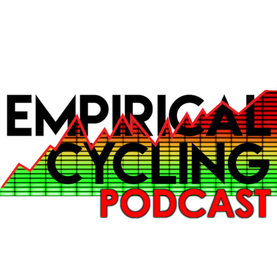
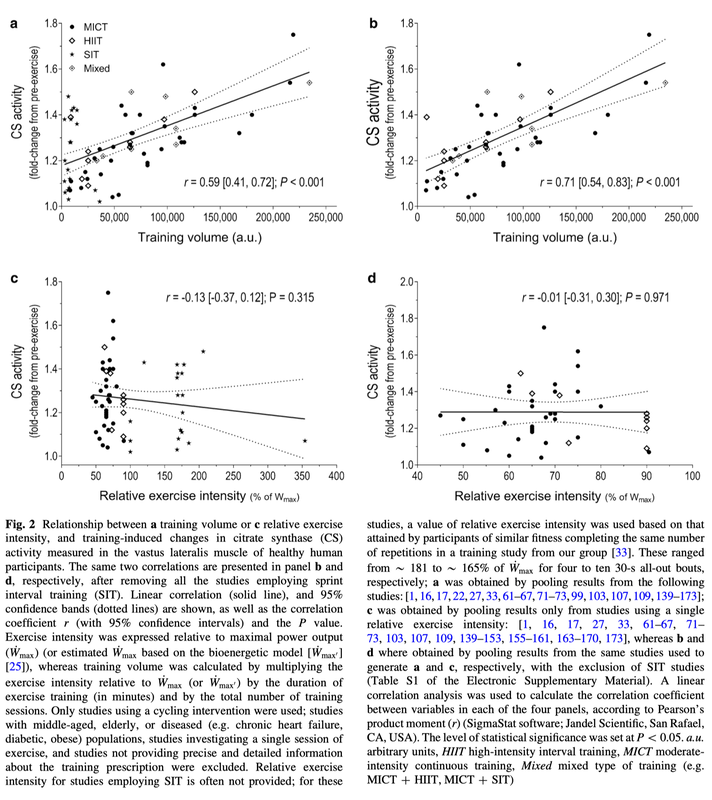
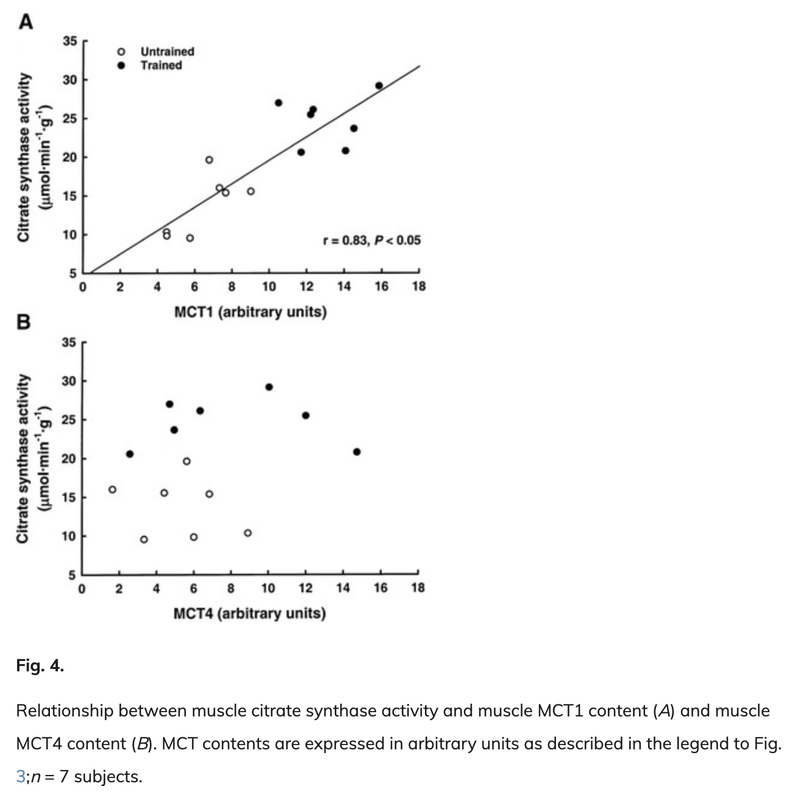
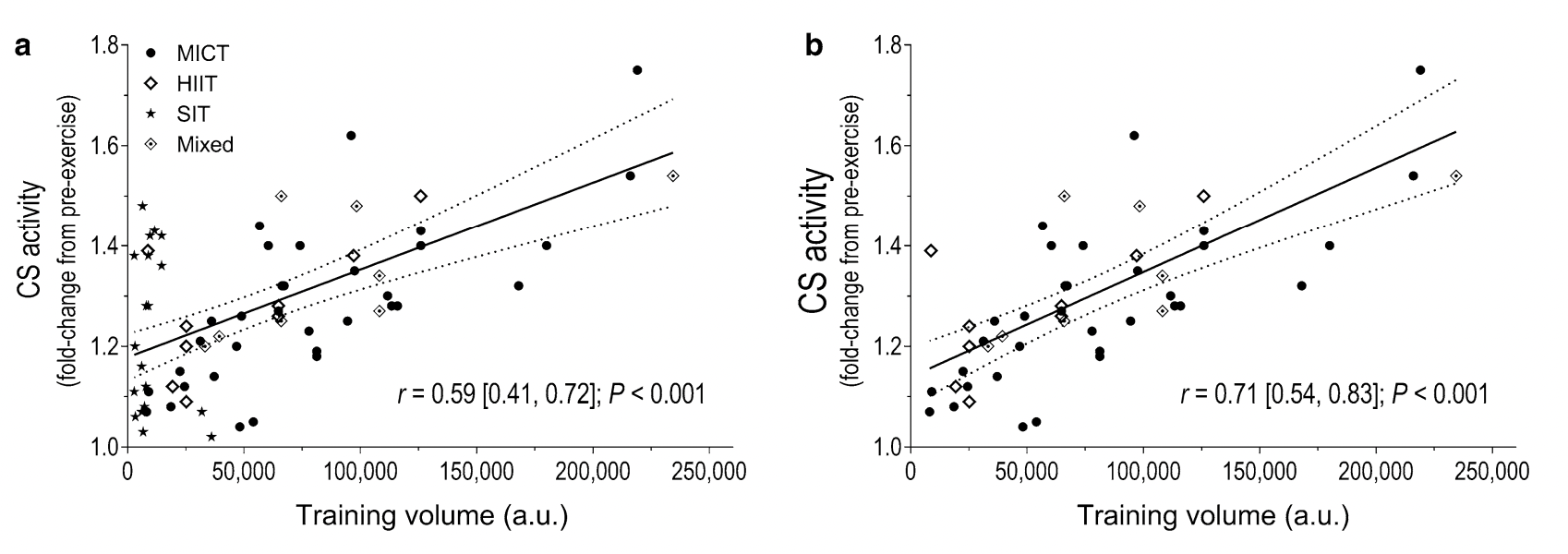
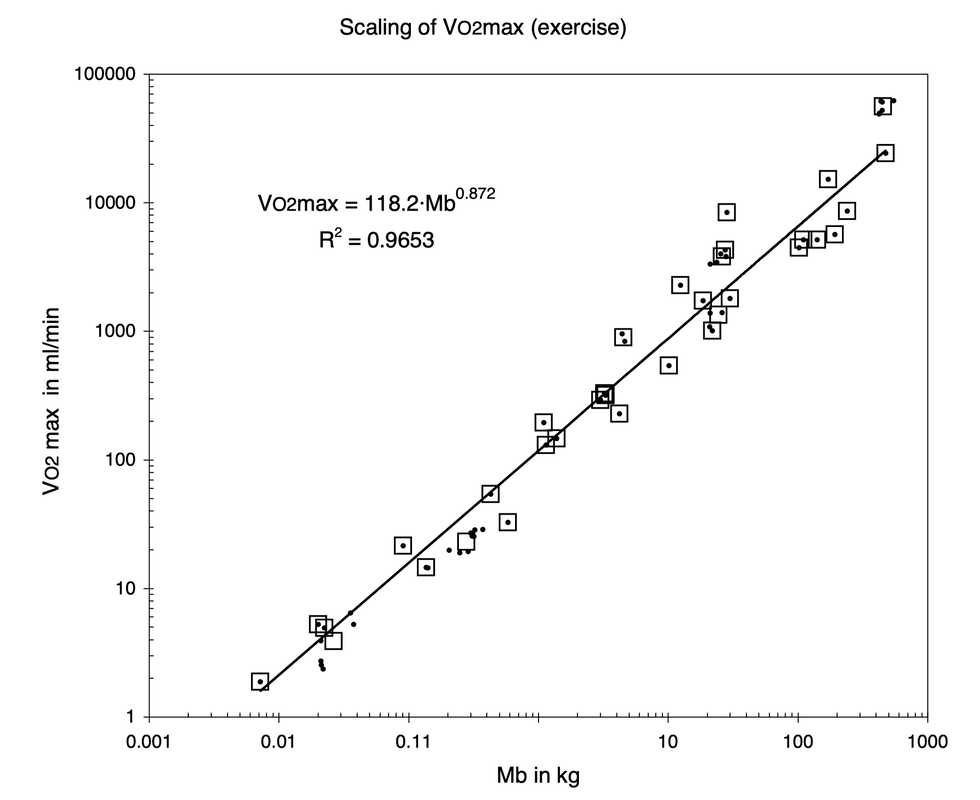
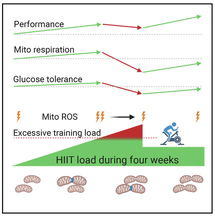
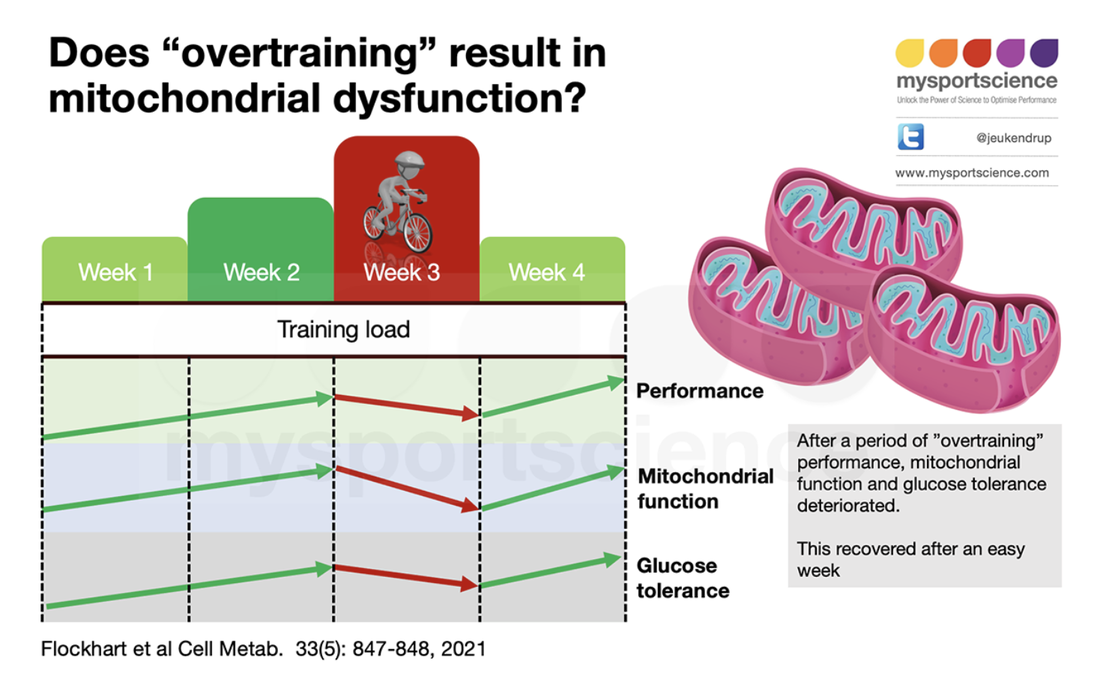
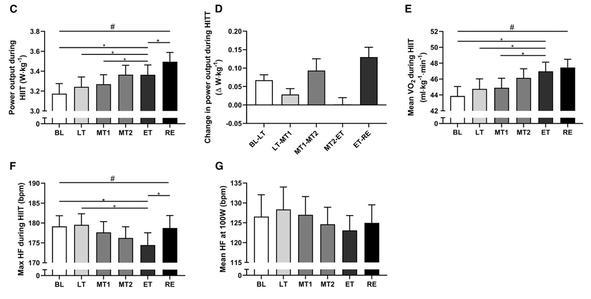
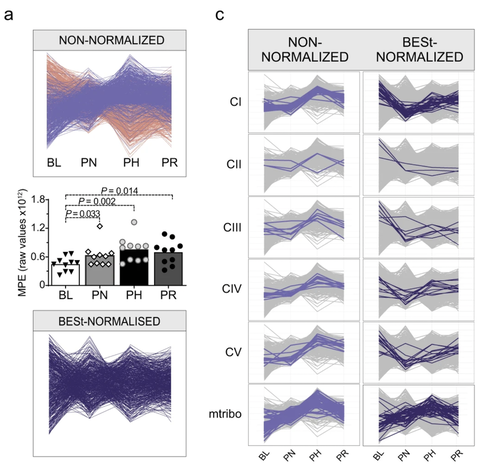
 RSS Feed
RSS Feed